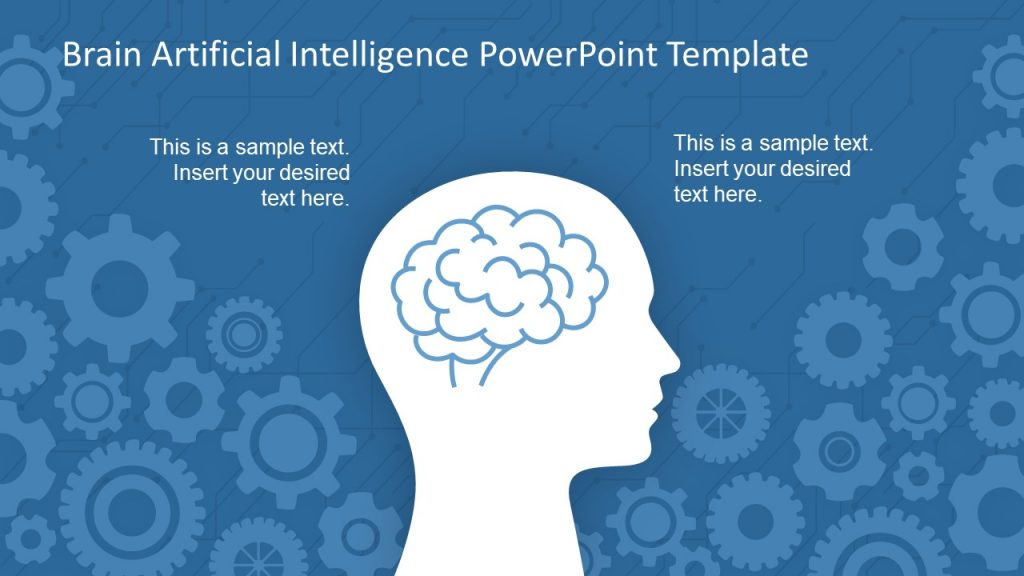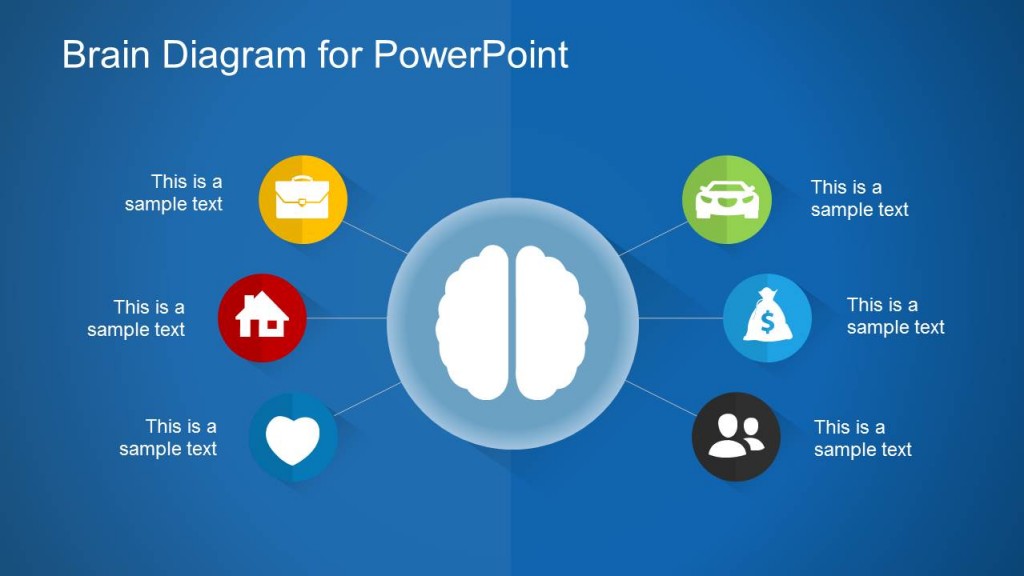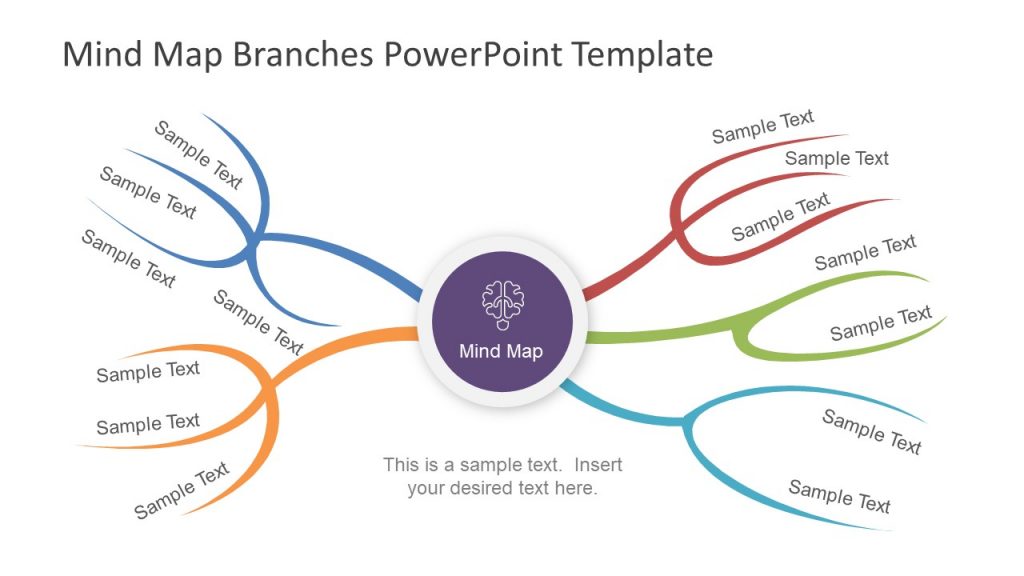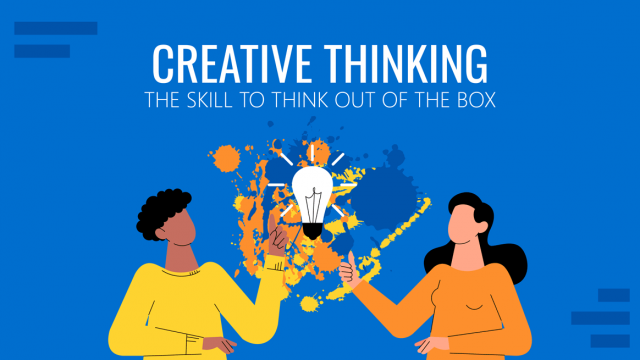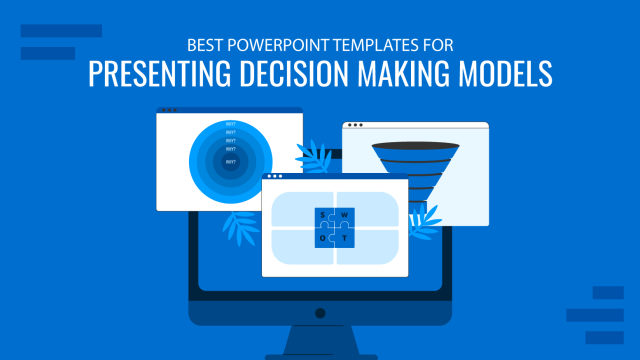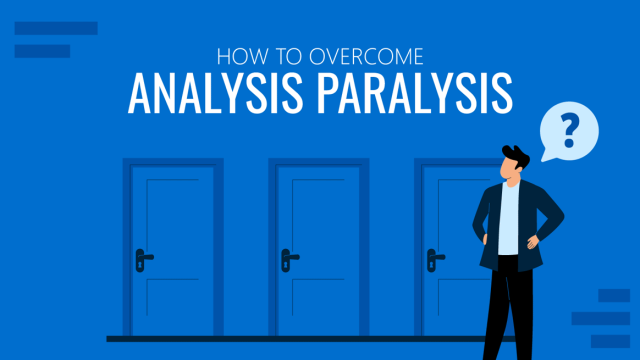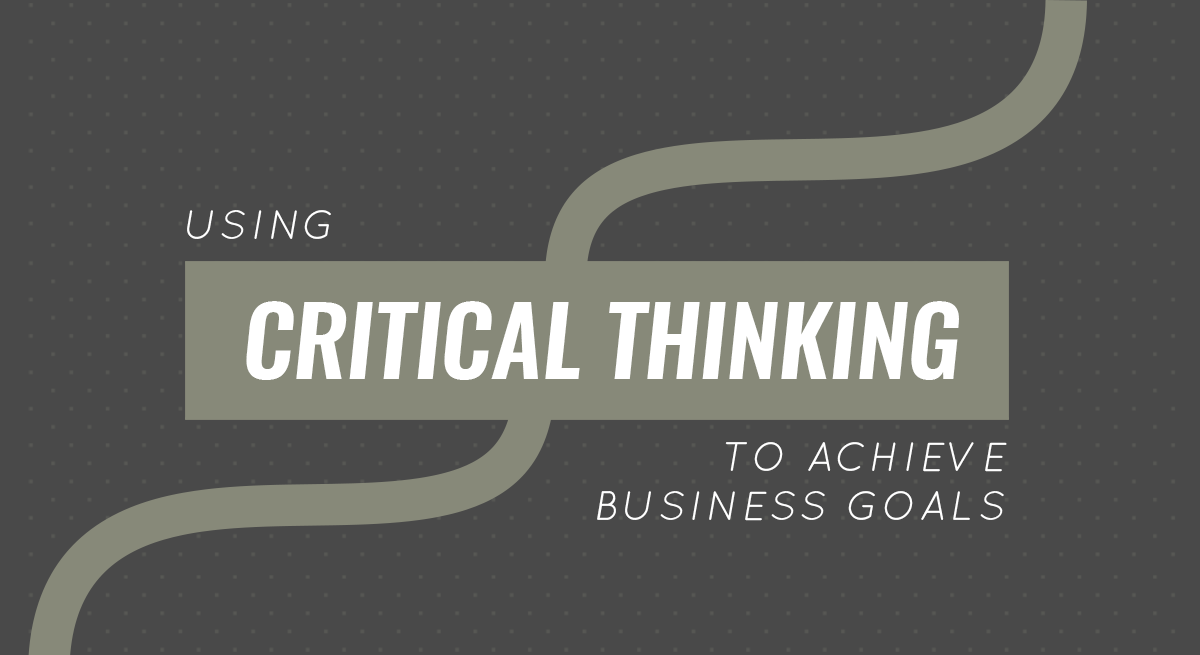
Human beings are prone to a number of cognitive biases. These biases can often result in clouding our judgment and hinder us from making good decisions. Be it the Sunk Cost Fallacy, stereotyping, the Endowment effect or the Dunning-Kruger effect, we are driven by different types of cognitive biases that make critical thinking difficult. However, with a little bit of effort, you can train your mind to make better decisions, including critical decisions at the workplace or for achieving business goals. Using critical thinking is easier than most people think and can be achieved by following a few simple steps.
- What is Critical Thinking?
- Developing the Right Mindset and Skills for Critical Thinking
- Critical Thinking Barriers
- Critical Thinking Examples
- Final Words
What is Critical Thinking?
Critical thinking can be defined as an objective analysis to evaluate and reach a conclusion regarding a subject. This critical thinking definition can be further expanded by incorporating aspects such as skepticism and rationality to reach a conclusion based on factual evidence and free of bias.

Source: SlideModel.com
Critical thinking can be challenging to incorporate in our daily lives considering we are used to various biases and are heavily influenced by different individuals, concepts, and ideologies that make it hard to program our minds to look at things objectively. Rising above such biases and analyzing facts rationally can enable individuals to critically evaluate and reach a conclusion based on evidence rather than conjecture.
While many times our biases might not have a major impact on our decision making, some decisions, if left to speculation and biases can result in devastating consequences. This is why many employers today cite critical thinking as a major factor for hiring employees.
Developing the Right Mindset and Skills for Critical Thinking
In order to improve decision-making by looking at things with a critical lens, it is important to develop the right mindset. While there is no hard and fast rule to achieve this, you can activate your critical thinking skills by following a few easy steps mentioned below.
1. Be Objective
Critical thinking truly begins with one word, objectivity. This means considering all facts and analyzing the information before you with an open mind. You should try to be as objective as a flight captain who during a mid-flight issue might even need to consider that the plane has lost an engine. You can also make use of models such as OODA Loop (see OODA Loop PowerPoint template), which is a model used for high-speed critical thinking.
Example: You might come across news related to the market for electric cars picking up in 2021. You might even consider buying shares in companies selling electric cars. But will the market really pick up? In this case, you need to critically analyze the possibility of sales remaining strong. Some critical thinking questions, in this case, might be to ask yourself if the analysts have ties to the electric vehicles market and are being biased or will COVID-19 have a negative impact on sales? Will the economy remain strong enough? Will banks be able to offer tempting terms for people to go for a lease on electric vehicles?
2. Explore Conflicting Ideas
Often, we are bombarded with information from a single perspective. Be it in books, news and in recent years, social media posts. What’s important for incorporating critical thinking in your daily routine is to not only be objective and to check your facts but also to consider conflicting ideas.
Example: In our example of electric vehicles, we assume that you are an investor looking to invest in a profitable venture to diversify your company’s portfolio and increase profits as a part of your business goals. In the case of electric vehicles, you can look at the opinions for and against the chances of the market for electric vehicle sales picking up in 2021. Such a possibility might also be linked to a number of other factors such as the available infrastructure in your country to support such vehicles, government’s taxation policies, the possibilities of an increase or reduction in taxes in the upcoming budget, etc.
3. Analyze Facts
Analyzing facts is essential to reach a conclusion based on critical thinking. You should be able to analyze evidence, question various ideas, reach a hypothesis and reach a conclusion that is free of bias.
Example: In the scenario of electric vehicles, you might learn that the government in your country is pushing for an eco-friendly policy by reducing taxes on electric vehicles. While this might apparently mean that the market is likely to pick up, there are a range of other questions you must ask yourself. For example, will people prefer making a switch from petroleum-based vehicles? Will people be able to afford electric vehicles? Will the lengthy charging time be a deterrent?
4. Seek Advice
We are unlikely to be able to shed all forms of bias. This is why it is a good idea to seek advice and the views of other people. In case that individual is an expert or has experience with the subject, you will be able to get firsthand advice. Even if it comes with a few biases. The idea is to see the bigger picture and have a perspective that can enable you to see things clearly.
Example: When opting to invest in the market for electric vehicles, you can seek the advice of an expert who has been analyzing vehicle sales over the years. Similarly, you can look at the views of people from the electric and petroleum-based vehicle market.
5. Use Inductive and Deductive Reasoning
The critical thinking psychology at play involves using inductive reasoning to formulate a theory and using deductive reasoning to test it.
Example: The analysis of facts might make you consider that the electric vehicle market is going to stay strong and be very profitable in your country. In order to test the theory, you might want to dig deeper. You can perhaps wait until the annual budget is unveiled to see what direction stock prices and sales go in the first two quarters of the year. If the EV market seems to be going strong in the first two quarters of the year due to consumer confidence and despite the COVID-19 pandemic, it means that the market might continue to remain strong and is worth investing in.

Source: SlideModel.com
6. Sequence Information for Use
Making critical business decisions isn’t just about reaching a theory and testing it. How you maneuver your business means a lot more than just understanding facts.
Example: We assume that three major players in your country have had a good two quarters of 2021, in selling electric vehicles. But a deeper look at facts might present troublesome trends. As one of the company’s models has issues that require vehicle recalls and the need for frequent repairs. Will this result in a dip of consumer confidence? Will this only affect one or all three companies and consequently, the sales for electric vehicles? This is the kind of information you need to sequence for further analysis.
7. Predict Possible Outcomes
While no one can account for unforeseen circumstances, critical thinking also involves trying to predict possible outcomes.
Example: When trying to achieve business goals, such as increasing your company’s profits by investing in a profitable venture, you might need to consider predicting possible outcomes. So, let’s assume that despite the glitch in electric vehicles of one of three companies, consumers seem happy with the price, lease options, and quality of vehicles of the other two companies. In such a case, based on the aforementioned, you need to be able to predict if the market is worth investing in.
8. Prioritize and Choose the Best Possible Course of Action
The best possible course of action might include opting for the best possible outcome. While one can go wrong even after careful critical analysis, doing so can greatly reduce risks and help you account for them.
Example: You might opt for a smaller investment in the market for hatchback electric vehicles, which in our example have seen the biggest spike in sales in your country during the first two quarters of 2021. In this case, you are prioritizing the best possible and ‘safe’ course of action, likely to result in either a small short-term profit or a short-term loss.
9. Take a Step back to Periodically Analyze and Improve
This part is quite important. As you need to periodically take a step back, see things from an objective point of view and make adjustments if necessary.
Example: In our example of EV, the sales might improve in the third quarter of 2021 or they might begin to decline. Based on how the market reacts, you can continue to increase or reduce investment in the market of electric vehicles.
10. Avoid Analysis Paralysis
There is the real possibility of freezing up when making important decisions. In a previous post, we covered this phenomenon and gave tips for better decision-making in our guide on analysis paralysis.
Example: The market for EV remains volatile, with the possibility of gains and losses, neither of which you are able to predict. Resulting in lost opportunities and analysis paralysis. In such a case, you must opt for the best course of action in sight, account for failure, make contingency plans and commit to your decision. As they say, you win some, you lose some. However, not playing isn’t going to get you anywhere.
Critical Thinking Barriers
When considering the barriers to critical thinking, we must consider what might hold us back from an objective judgment? It’s not just our own bias but the bias of others, the culture, working environment and a range of other factors that can negatively influence sound judgement. In such a case it is necessary to eliminate such barriers and to rise above biases, influences and ideologies, to see things for what they are.
Perhaps the most difficult job in addressing these issues is for a flight crew which might need to face the possibility of an imminent plane crash during a mid-flight issue. In such a case, pilots use the TDODAR Model for decision-making. The model gives us a good example of how to incorporate critical thinking, even during the most challenging circumstances.
Critical Thinking Examples
There can be many examples of applying critical thinking. We have listed a few common scenarios where critical thinking can help make changes that can enable you to achieve personal and professional goals.
Business Investment Decisions
The .com gold rush of the 90s had many winners and losers. While many people began investing in websites and digital ventures by simply following the bandwagon, there were a few that made sound decisions to reap the benefits of unprecedented success. Be it Jeff Bezos, the founder of Amazon or Larry Page and Sergey Brin, who started Google from a friend’s garage. What made these business investments worth the money was arguably critical thinking.
In our example of electric vehicles discussed in sections above, we have explored the relationship between critical thinking and sound business investment decisions. The quote given below is an example of how critical thinking is essential for making sound investment decisions.
“One of the only ways to get out of a tight box is to invent your way out.”
— Jeff Bezos
Workplace Decision-Making
Unfortunately, modern workplaces can be ridden with politics and a culture where anyone can be held accountable for a single tweet spelling out the wrong words accidentally. This means that people scrutinize everything you do more than ever before, and some might even be looking for an opportunity to judge others. In such a case it helps to rank high on your Emotional Quotient (EQ). Similarly, workplace-related decision-making can often mean spelling success or failure for you. The difference might be between keeping your job or losing it.
In order to improve decision-making at the workplace by incorporating critical thinking, you must get your basics right. You must remain objective, question facts, analyze data, constantly use your inductive and deductive reasoning and predict outcomes. Doing so might not be limited to your work and projects but also the behavior of co-workers. This might help you identify colleagues that are helpful and the ones you might need to avoid. It is often the lack of foresight that results in individuals relying on the wrong co-worker that results in their inability to achieve desired goals.
You can also use heuristic problem solving methods at the workplace to find solutions and discover ways to do your job effectively.
Conducting Research
It goes without saying that no one can conduct credible research without critical thinking. Researchers that are marred by bias are soon proved wrong by other researchers. Before conducting a research, it is essential that one does not jump to conclusions, while keeping an open mind regarding the subject. Furthermore, doing your homework, consulting others and reaching out to people with experience related to the phenomenon are some of the essential aspects of forming and testing your hypothesis.
Fortunately, researchers can now make use of a number of tools that can do part of the ‘thinking’ for them. There is no harm in using AI technology or research tools that drill down and extract data based on inputs. This can be a good way of discovering new information free of your own bias. It also might be beneficial to let someone else create data sets as well, so you can see things from different perspectives, free of your own preferences.
Making a Presentation
What often causes death by PowerPoint is the personal bias of the presenter. You can’t simply expect people to patiently accept everything you say without disagreement. This is especially true when you base your presentation on a lot of assumptions.
To make your presentations strike a chord with the audience, you need critical thinking. To start off, you should try to have clarity regarding the topic you intend to present, facts, counter arguments and how you intend to cater for them. You should also be mindful of the preferences, beliefs and concepts valued by your audience. For example, delivering a presentation before angel investors with emphasis on how good your idea can be isn’t going to work. You need to show them how the venture can be profitable, with specific information about how and why the concept can result in profitability. In other words, you need to show the money trail!
To get some tips regarding how to better plan for your presentations by incorporating critical thinking, see our guides for persuasive speech,’tips for starting your presentation, the’rhetorical triangle and the 20/60/20 rule for presenters.
Making Lifestyle Changes
The most important changes we make are the ones in our lifestyle. Be it to accommodate our health or family related needs or to achieve personal goals. A daily routine, amidst tight schedules can often result in us neglecting our own needs. Sometimes, it takes a long weekend for one to realize that a lingering back ache needs to be checked by a doctor or that your house needs to be cleaned of the mold causing you allergies. When it comes to the question of how to think critically, one should perhaps start with personal lifestyle needs.
The tools to sharpen your mind, with all the critical thinking images are pretty much present in your house. You can start by checking the things you have been neglecting. The things that need attention. Such as your personal health, your relationship with family and friends, the cleanliness of your house, causes of potential concern, etc. Sometimes, fixing a leaky faucet on time helps you avoid a larger bill caused by additional damage due to the leaking water. Training your mind to look after yourself and your loved ones can be of immense satisfaction, while sharpening your skills to objectively look at things that need fixing. Sometimes, these things are as little as the need for you to take rest to avoid a burn out.
Final Words
When trying to incorporate critical thinking for better decision-making, you should try to not overindulge in the need for finding issues. Don’t be that person who has a problem for every solution! Instead, focus on facts and try to make better decisions. It is likely that you will face both success and failure in your decision-making. However, this should not be a barrier for you to move forward. Over time, you will be able to improve the way you see things, even though you might face a bit of opposition for not following the bandwagon. Regardless, the objective should be to achieve personal goals, make decisions free of bias, and accept and learn from your mistakes, so you can do things better.
Alternatively, we recommend our article on Design Thinking Process to solve company problems in an effective and innovatively way.
